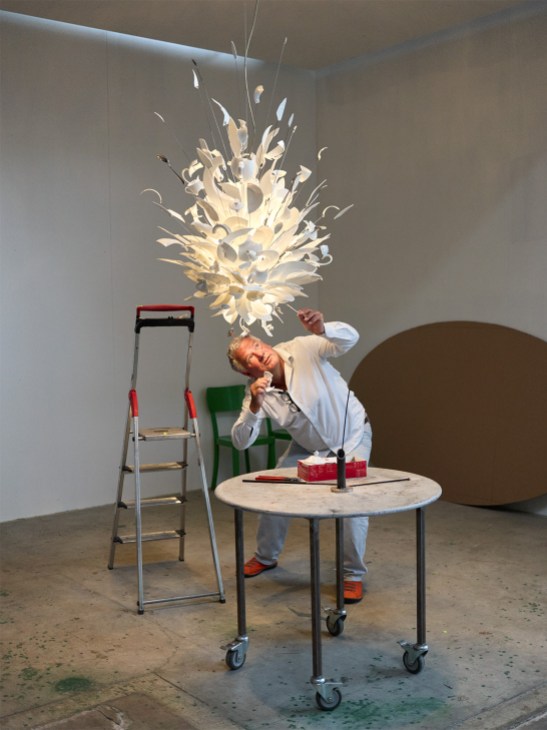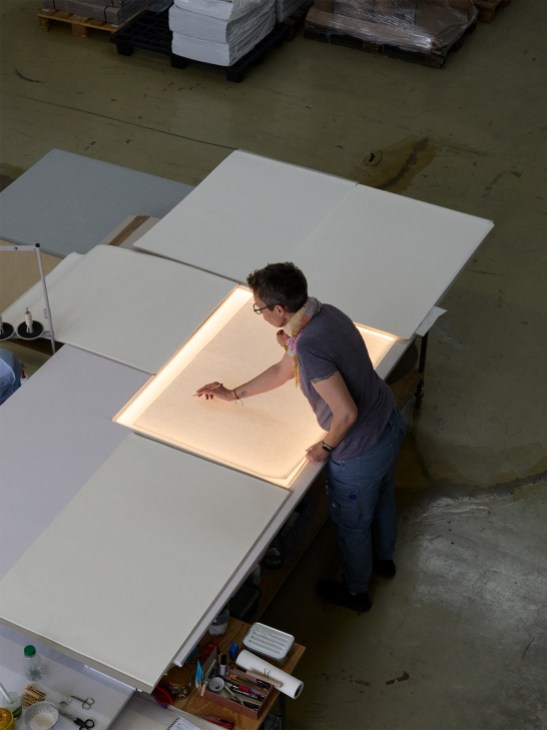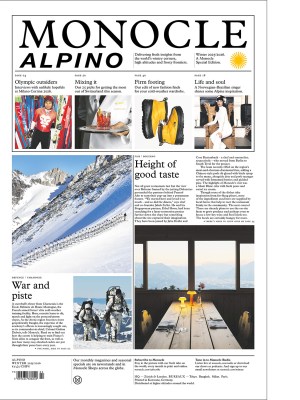How an Italian lighting brand is keeping Ingo Maurer’s anarchic charm alive
Can a lighting firm defined by its beloved owner’s playful, idiosyncratic approach thrive after his death? Foscarini’s founder and president says yes.
“A company whose name consists of the first name and surname of its founder will have a hard time moving on without them,” says Carlo Urbinati, the founder and president of Veneto-based lighting brand Foscarini. “It’s an almost impossible mission.” This was briefly forgotten when, in 2022, Urbinati heard that the company of Ingo Maurer, one of Germany’s most beloved lighting designers, was on the market. Given the chance to bid on the legacy of a trailblazer he had long looked up to, Urbinati couldn’t resist and brought it under the Foscarini banner.
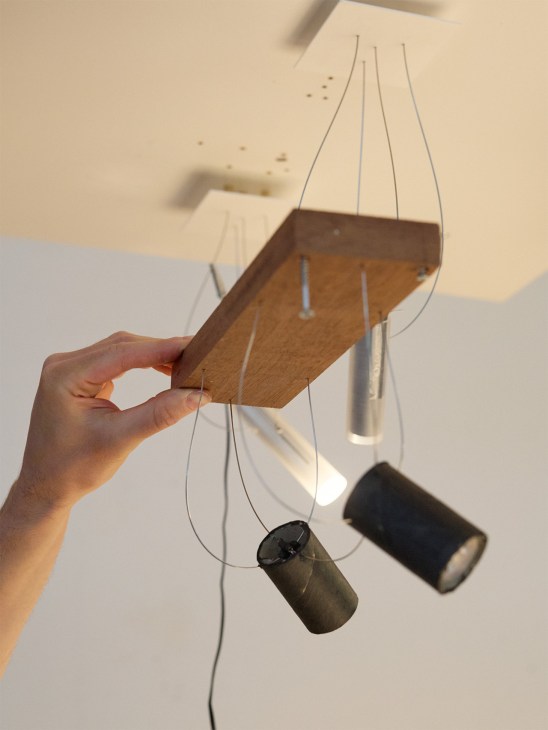
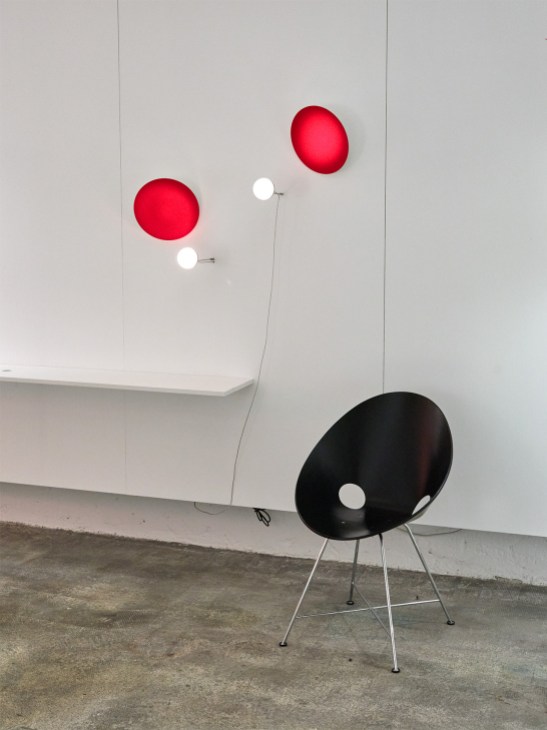
Founded in Munich in 1966, Maurer’s namesake company is famed for its witty, irreverent pieces that helped to define the zeitgeist for decades. Its first key design was Bulb, an oversized light bulb that became associated with the pop art movement. In the 1970s, there was Uchiwa, a wall sconce made using a bamboo and rice paper fan; in the 1980s, the YaYaHo, a spindly tension-wire system; and in the 1990s, the Lucellino, which gave an incandescent bulb some feathered wings.
Merging cutting-edge technology with an affection for objets trouvés, Maurer produced inventions that have become industry standards, including the first lighting system using low-voltage wires. The designer worked until his death at the age of 87 in 2019, leaving behind 40 people based between an office in central Munich and a factory at the city’s edge.
“The heritage of this company is infinite,” says Urbinati. “It was based on an almost anarchic liberty to create things.” During his lifetime, Maurer took pride in eschewing all German rules of business management and running the workshop like an artist’s atelier. Everybody in the team worked directly under Maurer and his wife, Jenny Lau, with no hierarchy. There was no distribution network and no marketing department. Because everything was made in-house, it was never a problem that the company might only sell a small number of a product that had been developed from scratch.


“The goal here was never to make money,” says Axel Schmid, who became the company’s design director after Maurer’s death. “It was to keep making things.” This became an issue when the firm lost its driving force, prompting Maurer’s daughters to sell. Foscarini won the bid. “We are investing a lot of time and money in reorganising the business, all while respecting what there already is,” says Urbinati.
Shortly after the purchase, Urbinati organised a workshop with the existing staff to understand Maurer’s design approach. One of the tasks was to construct something that was a characteristic Ingo Maurer piece. “The team ran down to the workshop and took whatever they could find,” recalls Schmid. After a few minutes, the designers had outfitted a large light bulb with 3M earmuffs, which became the Shhh! lamp, launched in April 2025 at Euroluce, the lighting section of Salone del Mobile, the world’s biggest furniture fair.
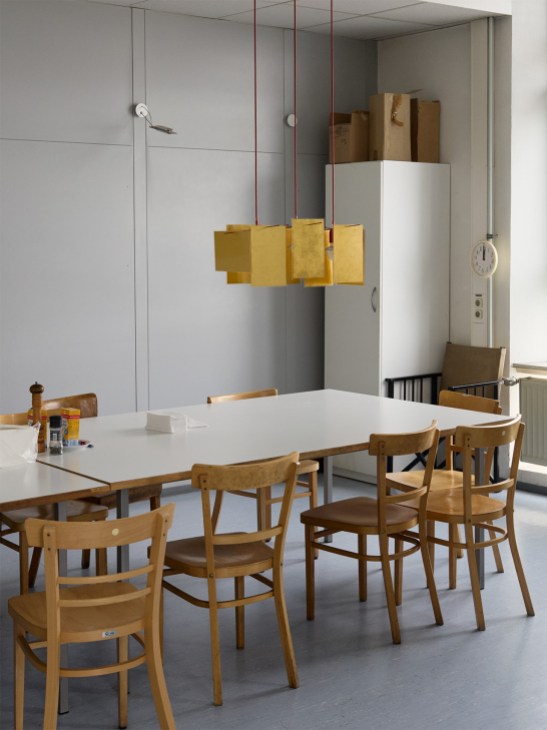
After visiting the workshop and factory, where boxes of old prototypes are still stashed, Urbinati asked the team to rummage through the archives and present some of what they found. “We didn’t even remember what was inside the boxes,” says Schmid. Maurer’s creative process involved travelling across the globe and bringing back objects and impressions, from erotically shaped Thai porcelains to toy racing cars. These often ended up boxed with the dozens of models that they inspired. Among the findings presented to Foscarini was a tiny LED light hung from a USB-C charger – an idea that Schmid had tinkered with years ago before forgetting it in a drawer. This became Strange Little Thing, also launched in 2025.
In the Ingo Maurer design department, housed in a former stable in a leafy courtyard in Munich’s Schwabing neighbourhood, Monocle finds Schmid, Sebastian Hepting, Julian Auch and David Engelhorn tinkering with a happy jumble of works in progress. Miniature prototypes and sources of inspiration, from fishing baits to confectionery ribbons, are hung from the lamps above the desks. Crowded in one corner are dozens of iterations of Bruce Springsteel, a new adjustable lamp. The team members work as they have always done, with each looking after one product from beginning to end. The difference, under Foscarini, is that they now judge the results collectively.
The influence of the new Italian owners has also gradually seen some organisational structures introduced to the company, including a stronger sales network and more respect for EU certifications, while trying to keep the magic that Maurer weaved. It’s too early to say whether Urbinati was wise to defy his own better judgement – the company remains far from lucrative – but the Venetians are playing the long game. “The team is perfectly capable of working on ideas à la Ingo,” says Urbinati. “Yes, Ingo is dead but his method and his teaching still have a lot to say.”
